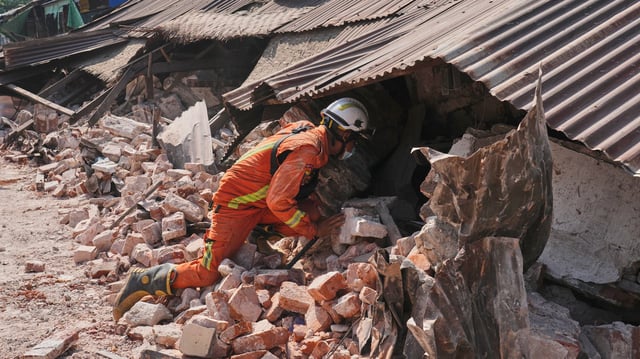Overview
- The study confirms the network’s use of P- and S-wave data from Android phones rivals dedicated seismometers in detecting over 11,000 quakes.
- After algorithm revisions addressing earlier false alarms, the system has recorded zero incorrect warnings since its latest update.
- Active in 98 countries, the smartphone network has expanded potential early-warning reach tenfold compared with 2019.
- Google positions the service as a complement to official seismometer arrays and cites privacy rules as a constraint on sharing raw sensor data.
- Independent seismologists praise the system’s reliability but urge full transparency of its data and algorithms before formal adoption.


